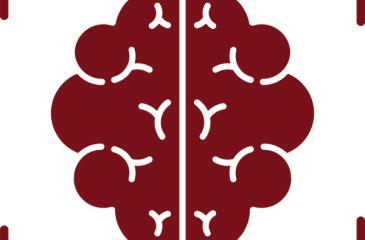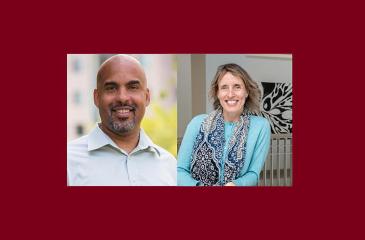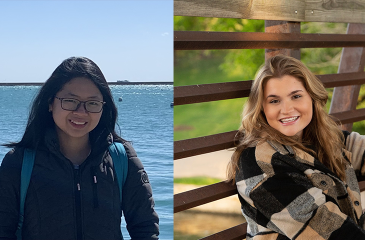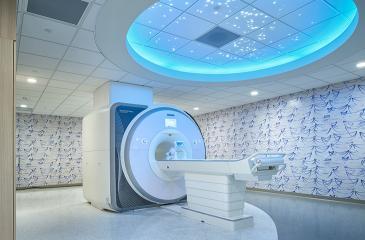ABCD Community MRI Collection and Utilities
A team of MIDB researchers and colleagues recently published their Adolescent Brain Cognitive Development (ABCD) Community MRI Collection and Utilities study. The ABCD Study, a 10-year longitudinal neuroimaging study of the largest population based and demographically distributed cohort of 9-10 year olds, was designed to overcome reproducibility limitations of prior child mental health studies. The team says: "Besides the fantastic wealth of research opportunities, the extremely large size of the ABCD data set also creates enormous data storage, processing, and analysis challenges for researchers. To ensure data privacy and safety, researchers are not currently able to share neuroimaging data derivatives through the central repository at the National Data Archive. However, sharing derived data amongst researchers laterally can powerfully accelerate scientific progress, to ensure the maximum public benefit is derived from the ABCD study. To simultaneously promote collaboration and data safety, we developed the ABCD-BIDS Community Collection (ABCC), which includes both curated processed data and software utilities for further analyses. The ABCC also enables researchers to upload their own custom-processed versions of ABCD data and derivatives for sharing with the research community." The ABCD data and the ABCC resource are available with assistance to investigators at the University of Minnesota and their collaborators through the MIDB Informatics Group and their collaboration with the Neuroimaging and Genetic Data Resource.



